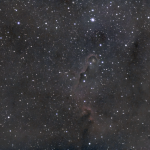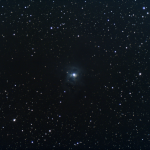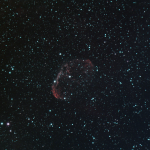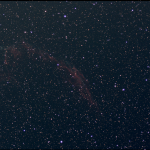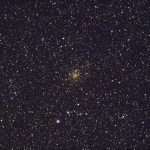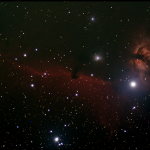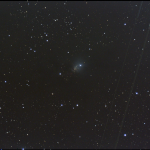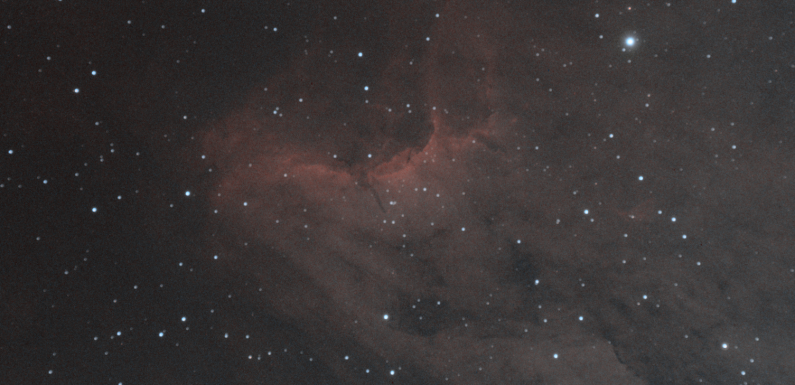
I captured an hours worth of data each of the Crescent Nebula, NGC 6888, and the Pelican Nebula, IC 5070, the night of 10/28/2023. I captured 30 x 120 second exposures each at 121 gain, 8 offset and bin 2×2. I used an old set of flats and darks I captured on 10/25/2023. I had plan also get some more data on the Elephant’s Trunk Nebula, but I had some camera issues. I used the data from the Crescent and the Pelican to do some post-process practicing with Siril.
| Primary (Imaging) | Secondary (Guiding) |
|---|---|
| Scope: SVBONY SV503 102ED, UA Field Flattener Filter: ZWO Duo-band Filter Camera: ZWO ASI294 MC Pro, Cooled to -10 C Focuser: ZWO EAF Mount: Sky Watcher EQ6-R Pro |
Scope: SVBONY SV106 60mm Guide Scope Camera: Orion Star Shooter Autoguider (OSSAG) |
I used the OSC_Extract_HaOIII script in Siril to separate the Ha and OIII data from my lights. Then used the Pixel Math tool recombine them. I used the Generalized Hyperbolic Stretch Transformation to stretch the levels until I ended up with something I liked. Here are the results:
First NGC 6888, the Crescent Nebula.
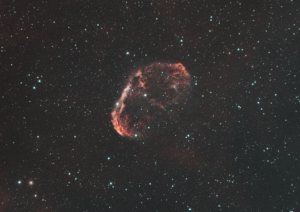
My flats were older so there were a couple of dust spots in the upper left corner and one in the bottom center which were not corrected. I cropped these out. There is a bit of noise, but not too bad for only 1 hour of data collected on a night when the Moon was full. I need to learn a bit more about stretching, right now I just kind of move things around till I get something that I think looks OK. I am sure there is a better method.
Now IC 5070, the Pelican Nebula.
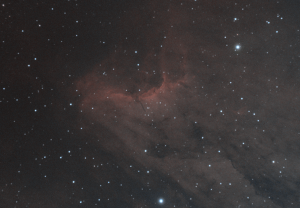
This is my best Pelican Nebula to date. Really like the details, especially in the dusty clouds which seem to flow from the center to the lower right of the field of view.
Here is a screen shot of the Pixel Math tool in Siril.
![]()
The OSC_Extract_HaOIII script creates two image results, one image of the extracted Ha and one image of the extracted OIII. Using the Pixel Math tool you assign the Ha to the Red channel, the OIII to the Blue channel, and a combination of the two to the Green channel (in this case 70% OIII and 20% Ha).
Still learning, but enjoying the process and the results.


